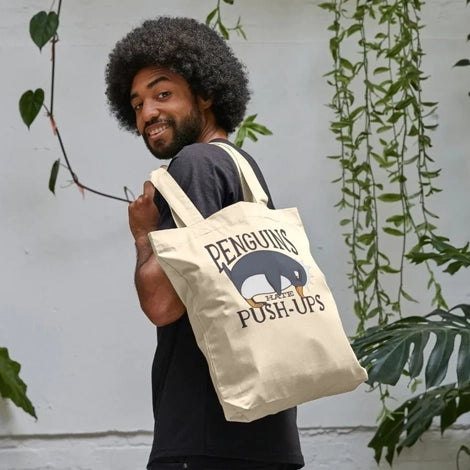Faisal Almathen of the King Faisal University, KSA, and the University of Nottingham, Pamela A Burger of Vienna’s Institute of Wildlife Ecology and renowned colleagues from many continents have revealed a deep genetic insight into the origins of the actual ship of the Arabian (and Asian and African) desert, a transport system known as the dromedary.
Camels (Camelus dromedarius) are a food, milk and racing interest to modern people, but in the past, they would have been wild neighbours in a corner of Arabia. Wild ass at present occupy a similar niche in the same piece of desert. Like wild horses in northern Asia and several other species, the camel has supplemented its gene pool by interbreeding with domesticated examples of their own species. The involving story here is that camel trains across the vast wastes have helped the species to retain a greater gene pool, because the individuals bred at both ends of each trade route. It is recorded in medieval times that thousands of dromedaries were used in, for example, the Asian Silk Road and the Arabian Incense Route
1083 living camels displayed very little variation, showing just how successful the gene flow has been. Ancient remains with mtDNA however have been successfully reconstituted and confirm a high original diversity too. This contrasts with the likelihood that the wild dromedary was already becoming extinct even before it was domesticated. The hypothesis is that restocking from the wild has been practiced several times in the distant past, except in a more isolated region in East Africa. With the original wild population (surviving possibly in ancient mangrove habitats within SE Arabia) now extinct, the conservation of such a healthy gene pool for 3,000 years is not only rare but relevant to many conservation issues such as the wildlife corridor demands that are often proposed but less often!
The paper in PNAS was published yesterday with full access here. The many authors have ensured that the remarkable story over its long and celebrated history stands out like a scientific beacon. Without the camel, Arabian trade, medieval conquests and recent communication routes would all have collapsed, changing the course of events for human civilisations as well as that incredible diversity among the camel gene pools of Asia, Africa, and even Australia.










